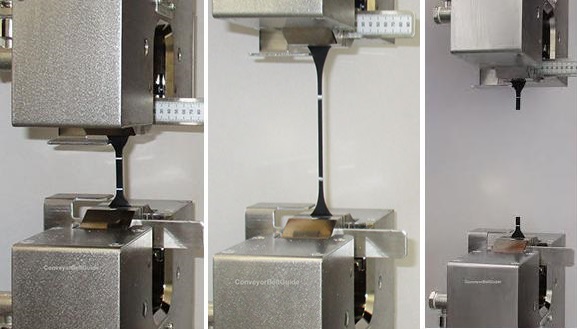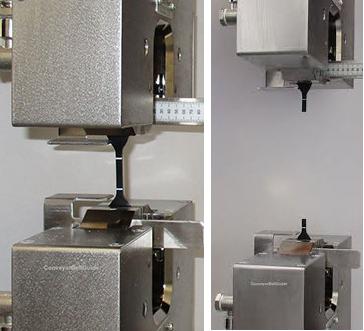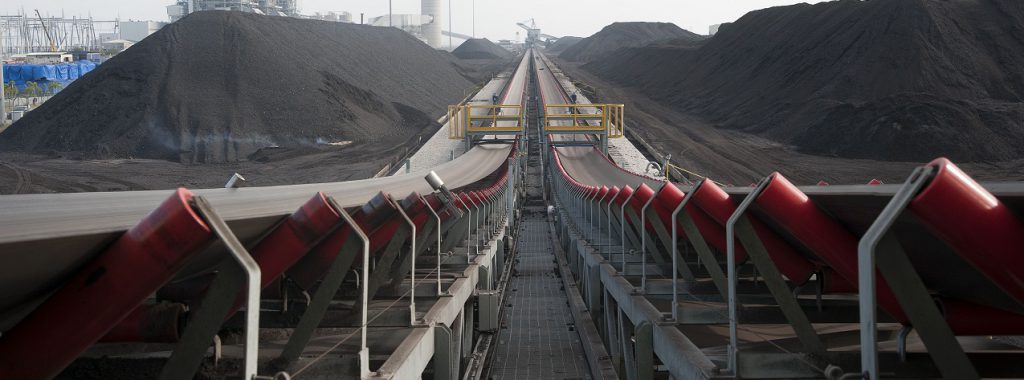What is Abrasion Rate of Conveyor belt and How to Test It?
In the technical specifications of EP rubber conveyor belts or steel cord rubber conveyor belts, we often encounter values representing the abrasion of the conveyor belt, such as 150mm³ or 200mm³. These values indicate the abrasion resistance performance of the conveyor belt.
Conveyor belt abrasion refers to the gradual reduction in surface thickness or mass of the belt due to friction and abrasion during use. Typically, the degree of abrasion is represented by the volume of rubber material lost per unit volume (usually in cubic millimeters, mm³).
For example, 150mm³ and 200mm³ both indicate the volume of rubber lost per cubic millimeter of the conveyor belt surface under specific conditions. Generally, higher values indicate lower abrasion resistance of the conveyor belt covering rubber, which is an important indicator directly impacting the conveyor belt’s service life.

Rubber conveyor belt abrasion mainly manifests in three types: abrasive abrasion, fatigue abrasion, and bending abrasion. These types of abrasion are related to the main mechanical properties of vulcanized rubber. Therefore, in the formulation design of rubber conveyor belts, a comprehensive balance must be achieved.
Factors influencing rubber type: Generally, diene rubber has good flexibility and high elasticity, and its abrasion resistance improves with increasing molecular weight. However, its abrasion resistance sharply decreases when the vulcanized rubber temperature reaches 100 degrees Celsius. Polyester rubber conveyor belts (EP rubber conveyor belts) are the most abrasion-resistant among all rubber conveyor belts. They exhibit excellent abrasion resistance at room temperature but experience a sharp decrease in abrasion resistance at high temperatures.
Influence of vulcanization system: With the increase in cross-linking density, the abrasion resistance of vulcanized rubber reaches an optimal value. This optimal value depends not only on the vulcanization system but also on the amount and structure of carbon black used. As the amount and structure of carbon black increase, the rigidity provided by carbon black also increases. To maintain the optimal rigidity of vulcanized rubber, it is necessary to appropriately reduce the rigid portion, namely, the cross-linking density provided by the vulcanization system. Conversely, if the cross-linking density is low, it should be increased. Experimental results show that the higher the content of single sulfur bonds, the better the abrasion resistance of vulcanized rubber.
SUNGDA abrasion-resistant conveyor belts adopt Continental technology, offering high abrasion resistance rates ranging from 200mm³ to 50mm³. The combination of polyester in the warp and nylon filler provides low elongation and high impact resistance. These belts are recommended for transporting abrasive materials such as mining, rocks, stones, ores, glass, granite, etc. For more information, please visit our website: www.sungda.com or email us at info@sungdagroup.com.
Sungda Conveyor Belt Co.,Ltd.

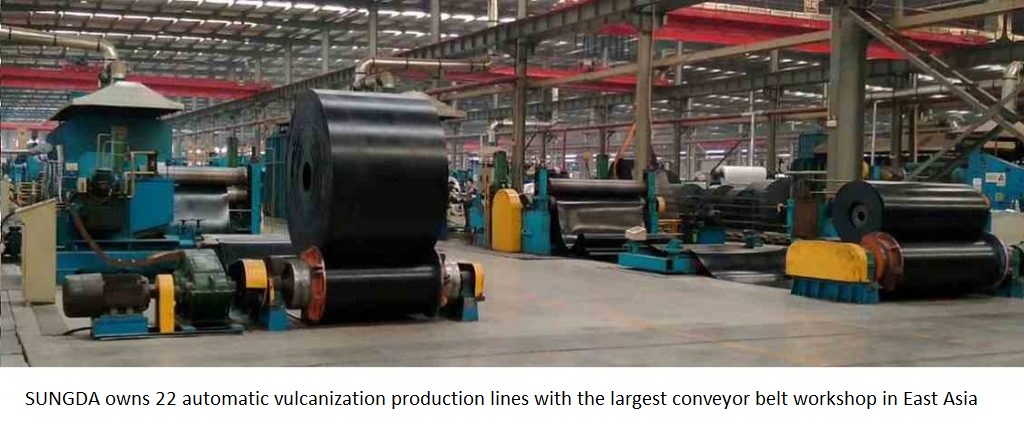
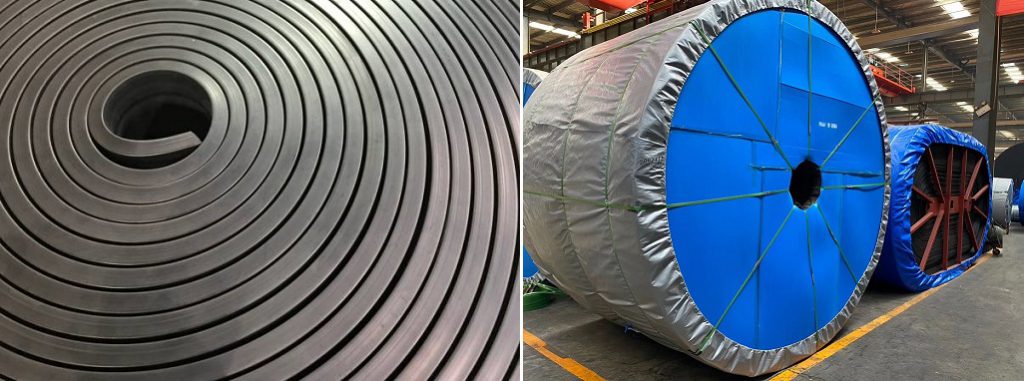

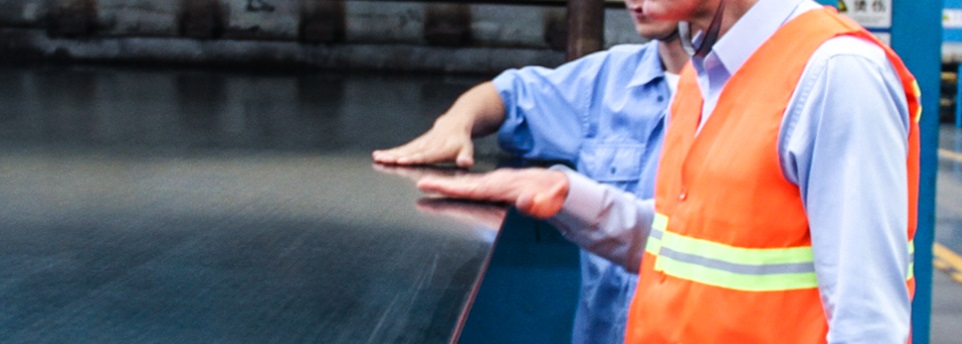
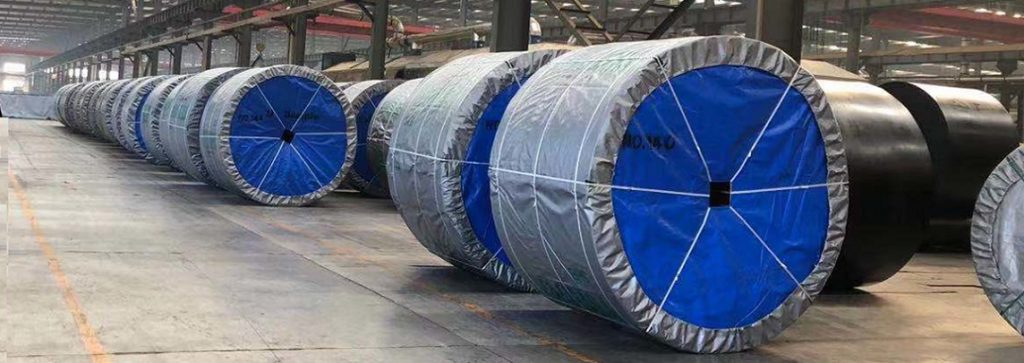
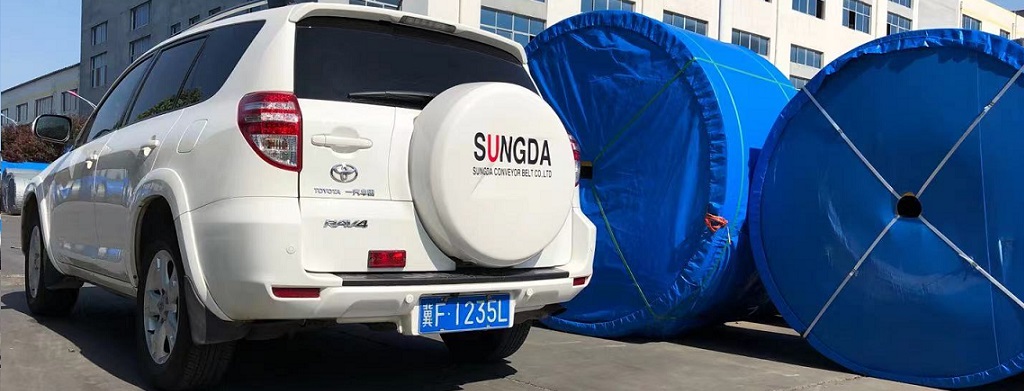
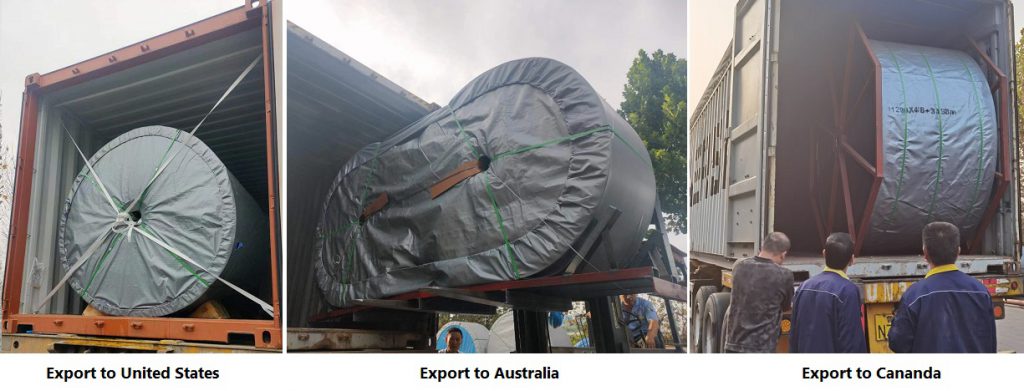
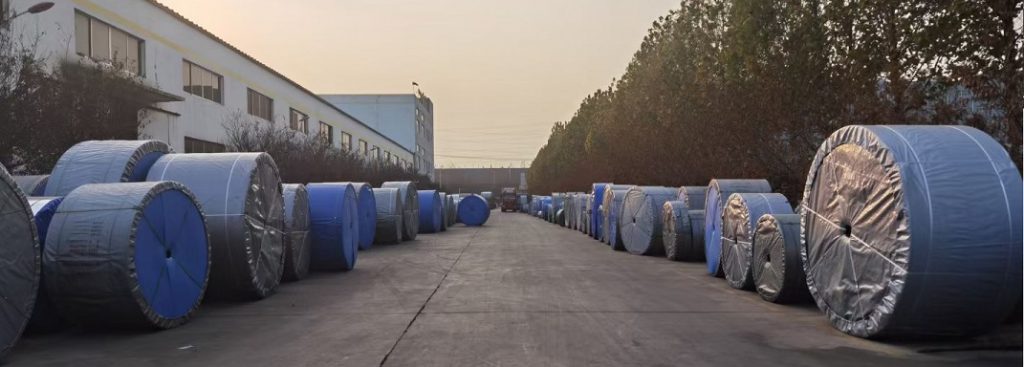
Tags: abrasion loss,abrasion resistant conveyor belt,EP rubber conveyor belt,Rubber conveyor belt,Steel cord conveyor belt

